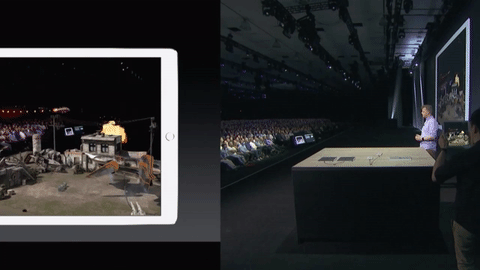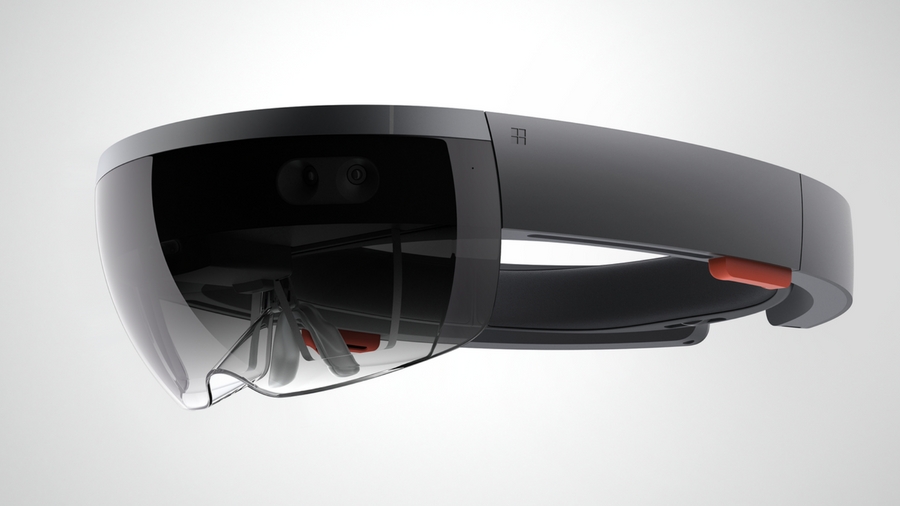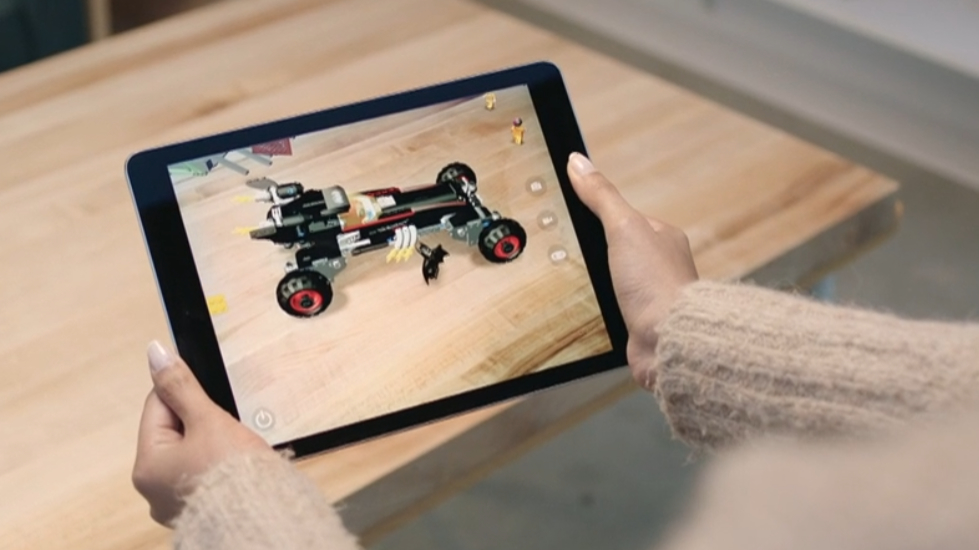AR you ready? Here's why Apple can win augmented reality
Apple's next big battleground is a new reality

Apple is finally taking on its biggest rivals in an arena where up until now it's sat on the sidelines: augmented reality.
The tech giant announced its first homegrown salvo into the AR wars during its WWDC 2017 keynote earlier today. It comes in the form of a new developer framework within iOS 11 called ARKit.
Simply put, ARKit allows content creators to develop augmented reality applications for iPhone and iPad. Backed by the Unreal game engine, ARKit taps into an iOS device's camera for real-world positional tracking.
With the tech, mundane apps running standard 2D images are transformed into immersive experiences that overlay the digital onto the real, lending a touch of magic to what might otherwise be a boring table or sidewalk.
If Pokemon Go was Apple's toe dip into the AR waters, ARKit is a headlong dive.

In addition to the exciting new features coming to both developers and users, this new framework is Apple's answer to Google's Tango technology and the Microsoft HoloLens headset, two vastly different solutions that have, for the most part, been the primary occupants of the emerging AR space.
Today, Apple joined in.
Get daily insight, inspiration and deals in your inbox
Sign up for breaking news, reviews, opinion, top tech deals, and more.
Why Apple getting into AR matters
Apple's AR strategy isn't just about a single device, like its still-rumored AR spectacles, but rather about injecting augmented reality into the hundreds of millions of iOS devices already in consumer hands.
By arriving on iPhone and iPad when iOS 11 releases this fall, ARKit will instantly become the biggest augmented reality platform in the world.
CEO Tim Cook has hinted numerous times something like ARKit would be the route Apple would take into AR.
In an interview earlier this year, he said AR is better than VR because it "allows individuals to be present in the world, but hopefully allows an improvement on what's happening presently." That certainly sounds like what ARKit has to offer.

Rumors – including a fresh one from an anonymous Foxconn employee over the weekend – suggest the Apple AR glasses release is inevitable, but, for now, Apple is bringing the tech to the masses through devices they already own.
This is unique from Microsoft HoloLens, a headset that costs $3,000. While HoloLens offers an incredible mixed reality experience, it's currently not a product for everyday consumers. Rather, its use cases center around enterprise and education.

Google's Tango, meanwhile, is available on a few phones (technically, one that's out now and one releasing in the summer), and it has yet to be embraced beyond early adopters.
Tango, too, has amazing potential, but its audience is lacking. That's undoubtedly due to the fact you need a Tango-equipped phone with an array of cameras and sensors to power AR experiences.
On the surface, ARKit may seem much the same as Tango, but with the tech needed to run augmented experiences already in iOS devices, all that's missing from Apple's solution are the applications.
Tango requires compatible hardware, while Microsoft requires you buy a whole new product. Apple isn't asking either with ARKit.
Filling an augmented void
ARKit could be the right AR solution at the right time. It gives developers the tools they need to make apps with augmented reality features, and the price of entry for users is as simple as owning an iPhone or iPad.
That's not to say Tango and HoloLens are suddenly irrelevant, but rather that Apple is seemingly filling a void neither can in current form.
The ARKit demos Apple showed on the WWDC stage were impressive; Pokemon Go got a noticeable boost, and an insanely advanced Wingnut AR outpost battle had us ooo-ing and ahh-ing.

There was also a demo of an ARKit-equipped iPad scanning a document, highlighting it won't be all fun and games with the new platform.
This is a good, if mundane, feature because users will want practical applications to go along with the entertainment, otherwise ARKit apps will be written off as novelties.

We won't know for sure how well ARKit works until developers start making applications and iOS 11 arrives on iPhones and iPads in the fall, but Apple already has another ace up its sleeve against its rivals.
The iPhone 8 is expected to house a chip built just for augmented reality processing. This one-two punch of hardware and software could push Apple to the forefront of AR, leaving the competition scrambling.
The gloves came off at WWDC, but the true battle for AR supremacy may not arrive until the new iPhone does in September. That's when things could really get interesting.
Michelle was previously a news editor at TechRadar, leading consumer tech news and reviews. Michelle is now a Content Strategist at Facebook. A versatile, highly effective content writer and skilled editor with a keen eye for detail, Michelle is a collaborative problem solver and covered everything from smartwatches and microprocessors to VR and self-driving cars.
